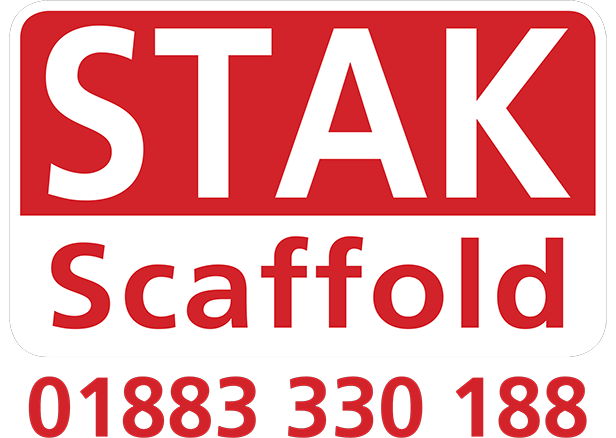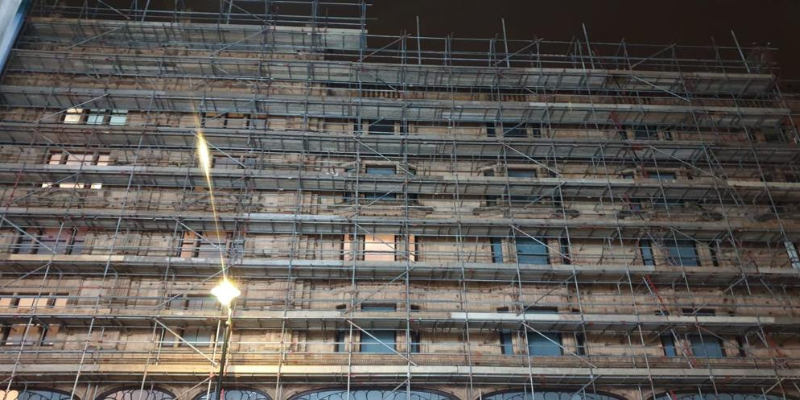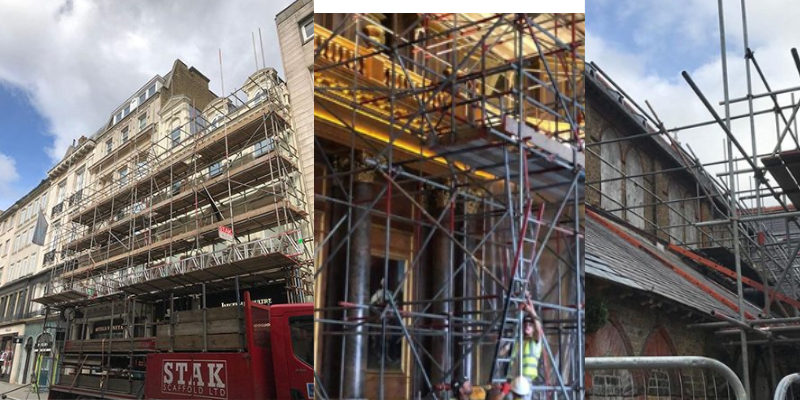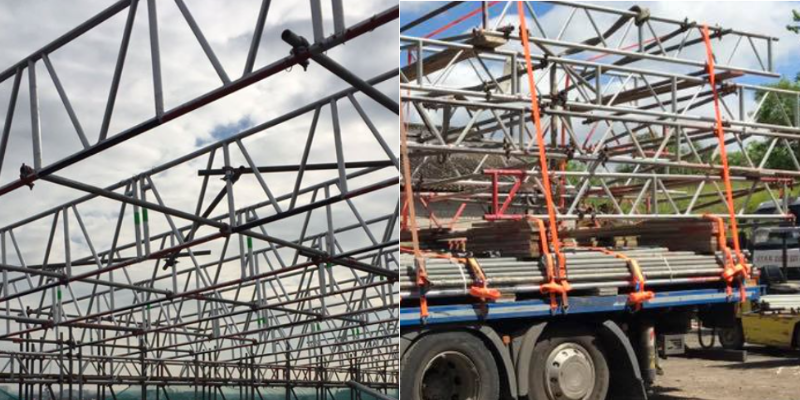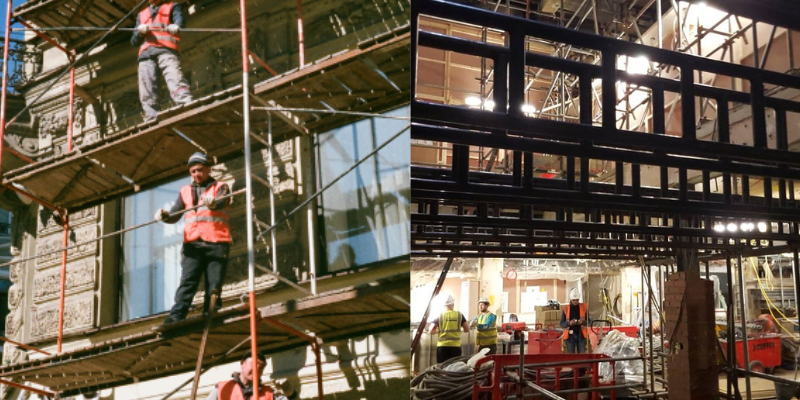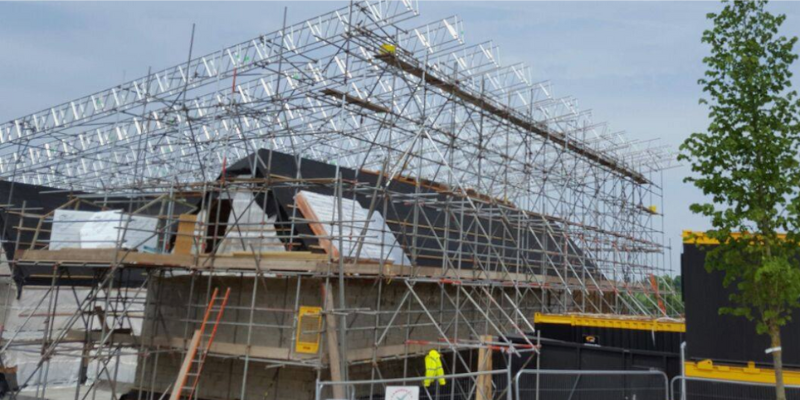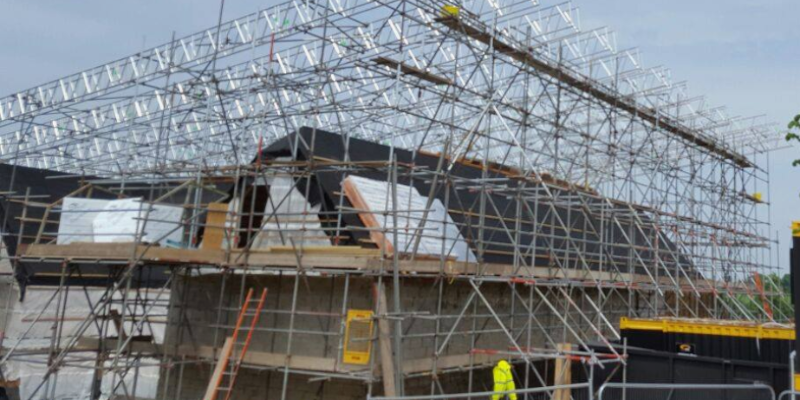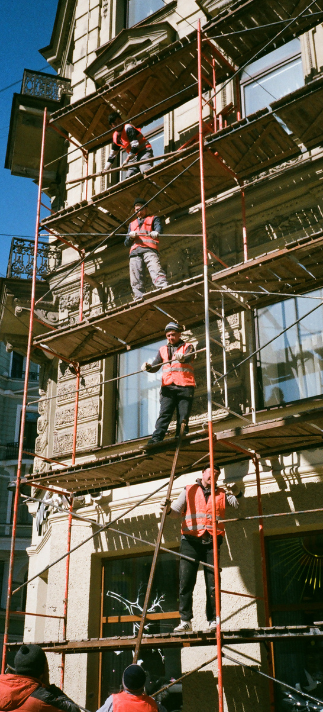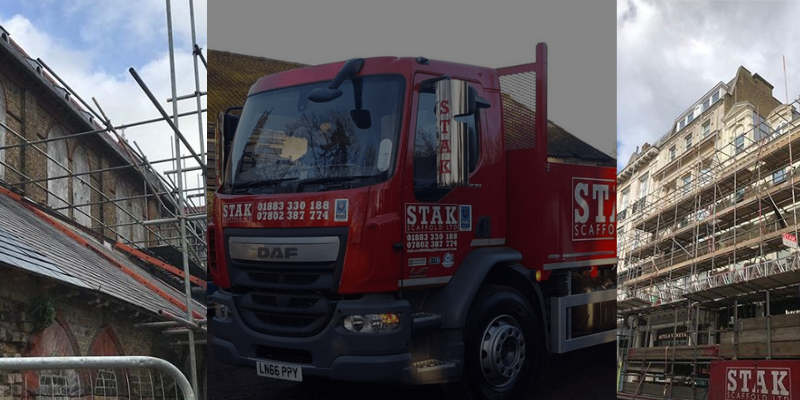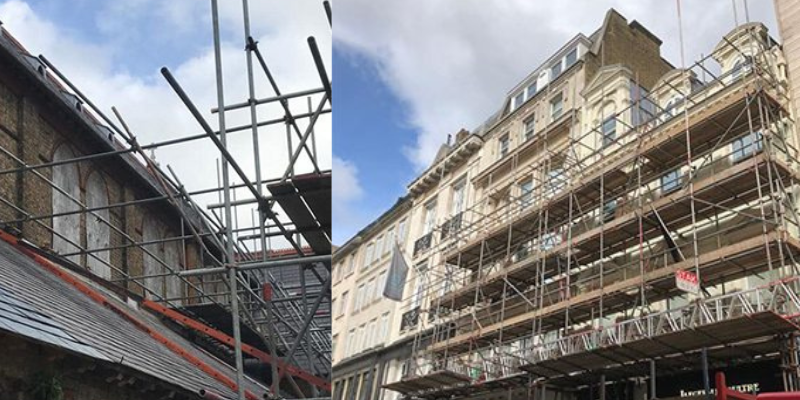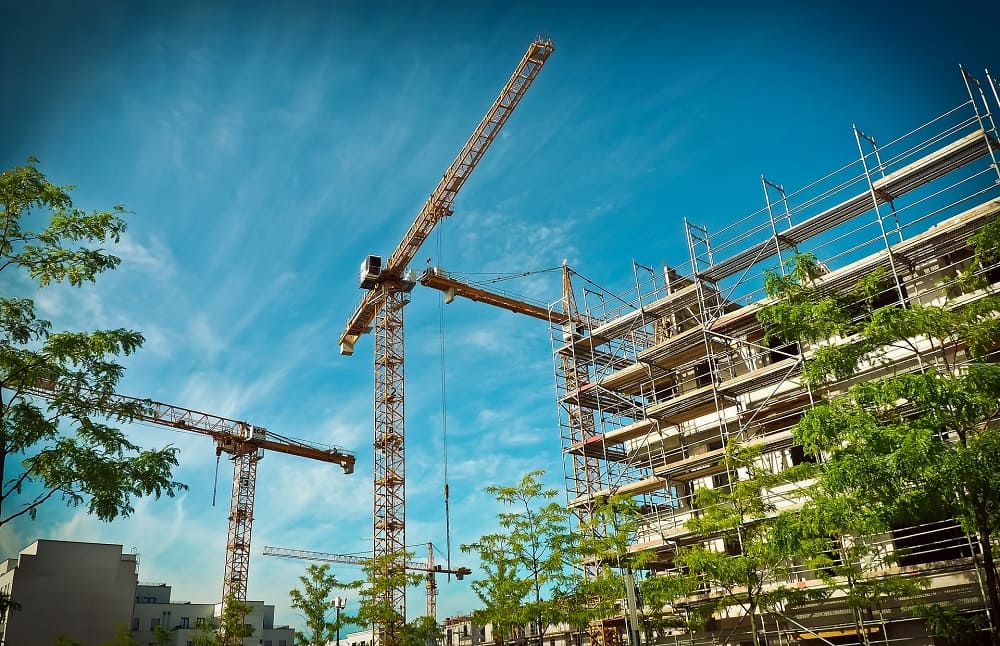Scaffolding-related accidents are a common phenomenon. Hence, scaffolding safety is a paramount concern in the construction realm. Companies offering scaffolding in London always adhere to safety protocols. By following certain tips and strategies, businesses can protect their workers from mishaps and accidents.
Five Safety Measures to Adopt During Scaffolding
The common hazards of operating on scaffolds include struck-bys, electrical hazards, wind, and falls. These pitfalls can be mitigated with the following practices:
-
Use safety accessories:
Safety equipment is necessary when working in a construction setting, particularly when operating at height. Workers need to wear hard hats on scaffolds, which will protect them against injuries from falling objects.
At the same time, the right fall arrest accessories and non-slip footgear are also necessary when working on platforms.
-
Know the road limits:
The accessories are designed with certain load-bearing capacities and load limits. Placing excessive loads on the structure isn’t desirable as your workers will be at serious risk of injury.
Make sure the load is aligned to the intended design capacity. If you turn a blind eye to this aspect, the structures might fail, break, or collapse. It will cause serious injuries for the workers.
-
Consider relevant regulations:
There are certain regulations when it comes to scaffolding operations. It’s important on your part to have a concrete idea of these standards before constructing any platforms. Using scaffold structures as per applicable regulations can combat accidents and employee risks.
-
Inspect materials:
Before setting up the work platforms, you need to inspect all the construction materials. Evaluate the parts and ensure that none of them have damage or defects. These flaws will affect the building’s structural integrity. Mismatching parts will also pose a safety hazard and result in structural failure.
-
Set the structure on an even surface:
Scaffolding must be set on a level surface. This will prevent the structure from tipping over. Also, you should note that the scaffolding is secured and doesn’t shift while in use. Use base plates and outriggers to ensure the structure is plumbed and braced correctly.
By following these tips, you guarantee that scaffolding is implemented safely and that the chances of accidents are reduced.
Are you looking for a company that provides scaffolding in London? If so, STAK Scaffold Ltd. will be your ultimate choice. We have been delivering quality services for several years that match your expectations. Get in Touch!
